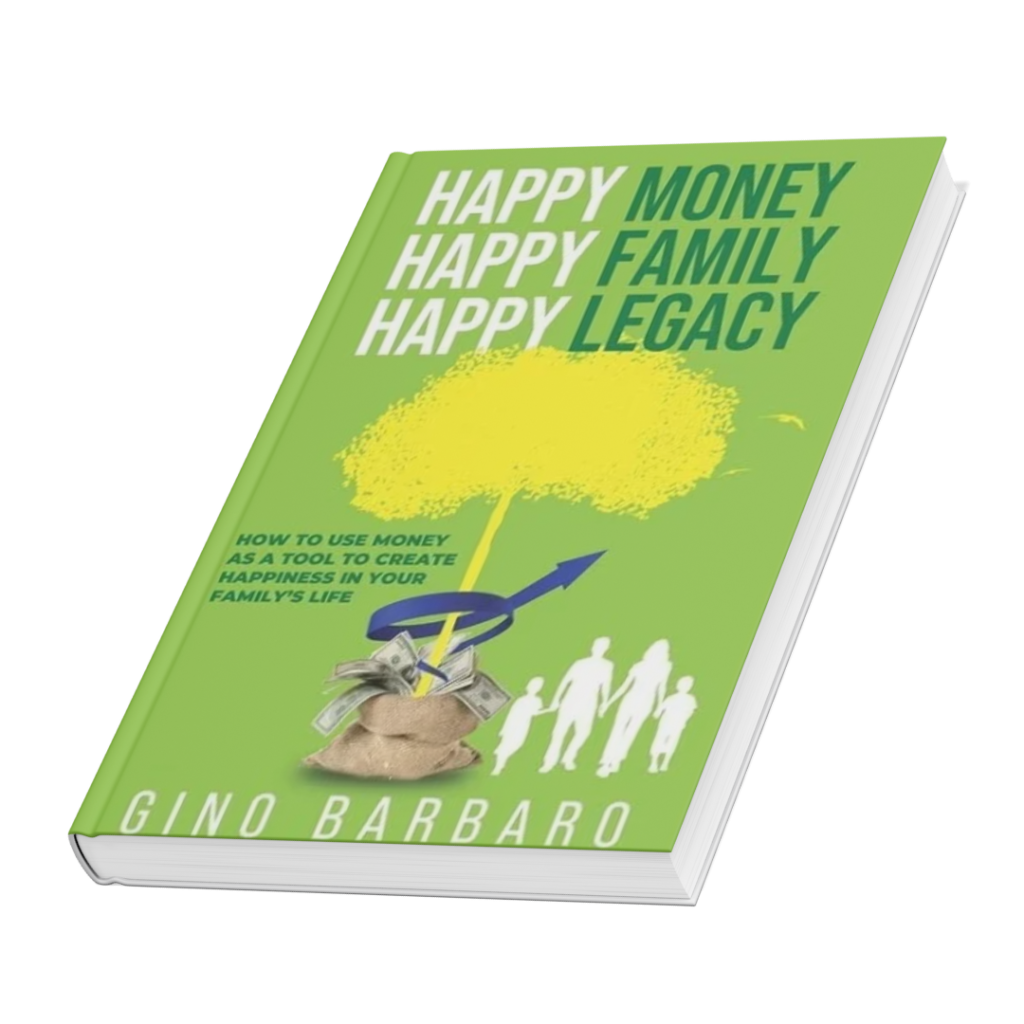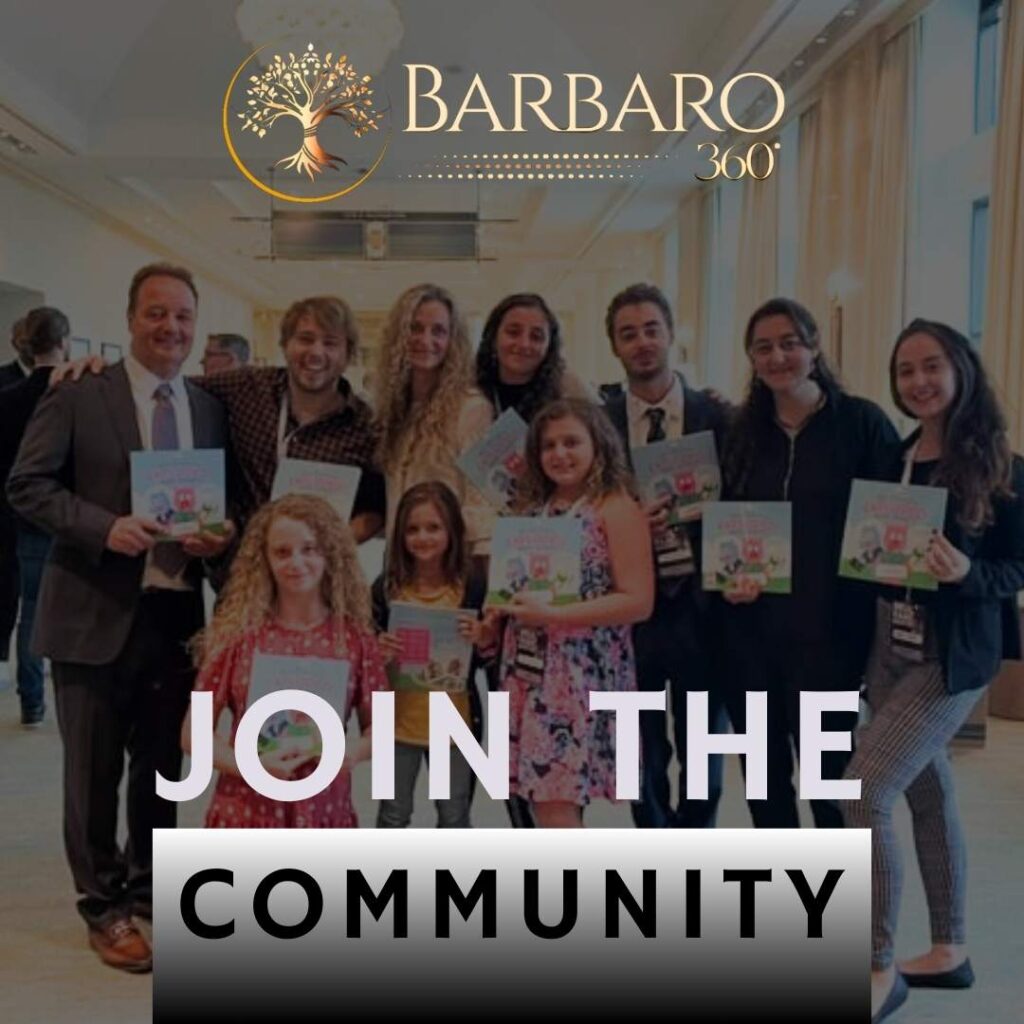Change is one of the hardest things a person can go through. Whether it’s breaking a bad habit, shifting a mindset, or transforming a way of life, the process requires more than just a moment of motivation. Many people stay stuck in destructive cycles not because they lack the desire to change, but because they don’t understand the deeper process required to make it last.
That’s where the 4 Elements to Change come in. By breaking the process down into four essential steps—Awareness, Understanding, Disassociation, and Reconditioning—you gain the ability to make real, lasting transformations. The goal is not just to change a habit, but to live with true choice, rather than being controlled by conditioning and automatic responses.
1. Awareness: Do You Want to Change?
The first step in any transformation is awareness. You can’t fix a problem you don’t acknowledge. But awareness goes beyond simply noticing a bad habit—it requires a deep, honest look at whether you truly want to change.
Many people say they want to change, but deep down, they cling to their old ways because they offer comfort, familiarity, or even a sense of identity. A person struggling with overspending might say they want to save money, but they also enjoy the rush of impulse shopping. Someone who constantly procrastinates may want to be more productive, but they also associate work with stress, so they delay it.
Ask yourself:
- Do I really want to change, or do I just want the benefits of change?
- Am I willing to experience discomfort to make this change happen?
- What would my life look like if I successfully changed?
Honest reflection is the key here. If you don’t truly want to change, no method in the world will work.
When I picked up T. Harv Eker’s book Secrets of the Millionaire Mind Back in 2008, I became aware of my massive shortcomings, and I realized that I had to embrace discomfort to begin to change. I also started visualizing what a new life would look like as my life was transforming.
If you’re looking to change your financial picture, check out our book Happy Money Happy Family Happy Legacy

2. Understanding: How Have Your Current Actions Affected Your Situation?
Once you’ve decided that you do, in fact, want to change, the next step is understanding how you got here. This involves an objective look at how your current actions have led to your present situation.
Ask yourself:
- What patterns or habits have led me to this point?
- What emotions or beliefs drive these behaviors?
- What have I already tried to change? Why didn’t it work?
For example, let’s say you want to improve your health. You might realize that every time you feel stressed, you turn to junk food for comfort. Maybe you’ve tried dieting before, but it only lasted a few weeks because you never addressed the stress itself.
Or, if you’re trying to be more disciplined with your finances, you might see that your spending increases when you’re feeling unfulfilled. Perhaps you use shopping as a way to create excitement or avoid boredom.
Understanding the why behind your actions allows you to stop treating symptoms and start addressing root causes.
Harv’s book helped me immensely here as well because I had to take full responsibility of all the actions I had taken in my life up until that point. Being a victim was not serving me; in fact, it was giving me the excuses to blame others and not seek out ways to improve my life.
3. Disassociation: Separate Yourself from These Thoughts
Once you understand the patterns keeping you stuck, the next step is to disassociate from them. This is crucial because many people identify with their bad habits, rather than seeing them as separate from who they are.
For example, people say things like:
- “I’m just bad with money.”
- “I’ve always had a short temper.”
- “I’m a procrastinator.”
When you talk like this, you’re reinforcing the belief that these behaviors define you. But they don’t. You are not your bad habits. You are not your mistakes. You are not your past.
Instead of saying, “I’m bad with money,” say, “I’ve developed poor money habits, but I can change them.”
Instead of saying, “I’m a procrastinator,” say, “I’ve struggled with procrastination, but I’m learning to be more productive.”
This simple shift in language creates space between you and the habit, which makes it easier to change.
A practical way to strengthen this disassociation is through mindfulness. Observe your thoughts without judgment. The next time an old habit or impulse arises, instead of reacting to it automatically, pause. Ask yourself:
- “Is this thought or action serving me?”
- “Do I want to continue this pattern, or do I want to choose something different?”
By practicing this awareness, you start to break the automatic cycle. Seeking a mastermind or coach will help with this third step. The key is accountability, whether it is taking actions or being mindful with what we allow into our lives.
4. Recondition: Train Your Mind for Empowering Thoughts
The final step is reconditioning your mind. Awareness and understanding are important, but if you don’t actively rewire your brain, you’ll fall back into old patterns. This is where conscious, daily effort is required.
Some powerful ways to recondition your mind include:
- Affirmations – Speak new, empowering beliefs daily. (“I am in control of my spending.” “I am disciplined and take action.”)
- Visualization – Picture yourself successfully living out your change.
- Journaling – Track your progress and reflect on how you’re growing.
- Habit Stacking – Attach new habits to existing ones. (For example, if you’re working on self-discipline, commit to one small action every morning after brushing your teeth.)
- Environment Shifts – Remove temptations and surround yourself with influences that support your change. If you’re trying to eat better, don’t keep junk food in the house. If you’re trying to stop procrastinating, block distractions.
By consistently reinforcing new thoughts and behaviors, you retrain your brain. Over time, the new pattern becomes the default, and what once felt impossible now feels natural.
Living with True Choice
At its core, change isn’t about forcing yourself to be different. It’s about reclaiming your power to choose. Most people live on autopilot, repeating the same habits because they’ve never questioned them.
But when you go through this process—Awareness, Understanding, Disassociation, and Reconditioning—you take back control. You stop reacting out of habit and start acting from intention.
True freedom comes when your actions align with your goals, rather than being dictated by old conditioning. That’s when you can say with confidence: I am living with choice, not habit.







